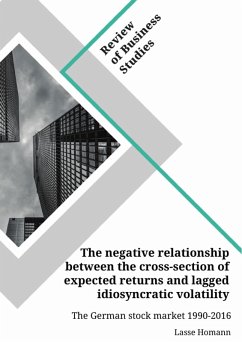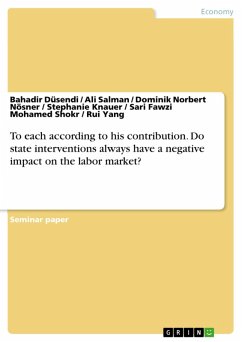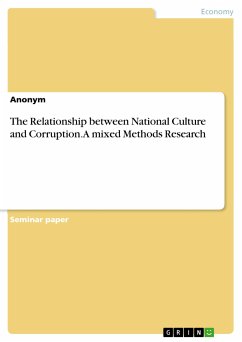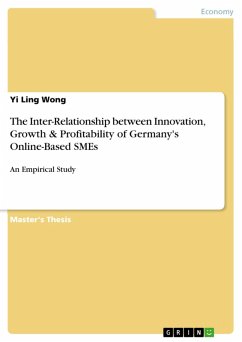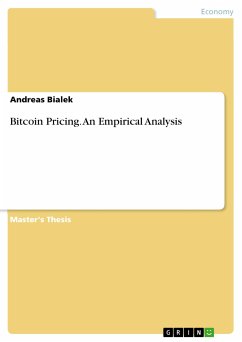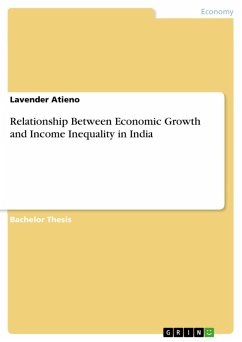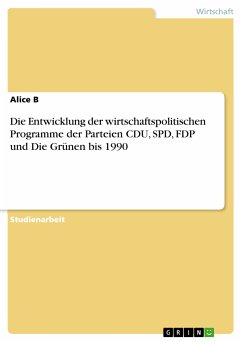Master's Thesis from the year 2018 in the subject Business economics - Review of Business Studies, grade: 1.0, University of Hannover (Institute of Financial Markets), language: English, abstract: The main goal of this thesis is to examine whether the negative relationship between the cross-section of expected returns and lagged idiosyncratic volatility also can be found for the German stock market for the period of January 1990 through June 2016, by sorting stocks into portfolios on the basis of their idiosyncratic volatility estimates. This procedure follows Ang et al. (2006). Similar to the findings of Ang et al. (2006) for the US stock market this paper shows that there is a significant difference in returns relative to the Fama-French three-factor model, between portfolios of stocks with high and portfolios of stocks with low past idiosyncratic volatility. Although for the period 1990 - 2016 no relationship between lagged idiosyncratic volatility and the cross-section of stock returns has been found, the Idiosyncratic Volatility Puzzle reveals itself for the sub-period 2003 - 2016, when the respective portfolios of stocks with different levels of idiosyncratic volatility are controlled for size.
Dieser Download kann aus rechtlichen Gründen nur mit Rechnungsadresse in A, B, BG, CY, CZ, D, DK, EW, E, FIN, F, GR, HR, H, IRL, I, LT, L, LR, M, NL, PL, P, R, S, SLO, SK ausgeliefert werden.

